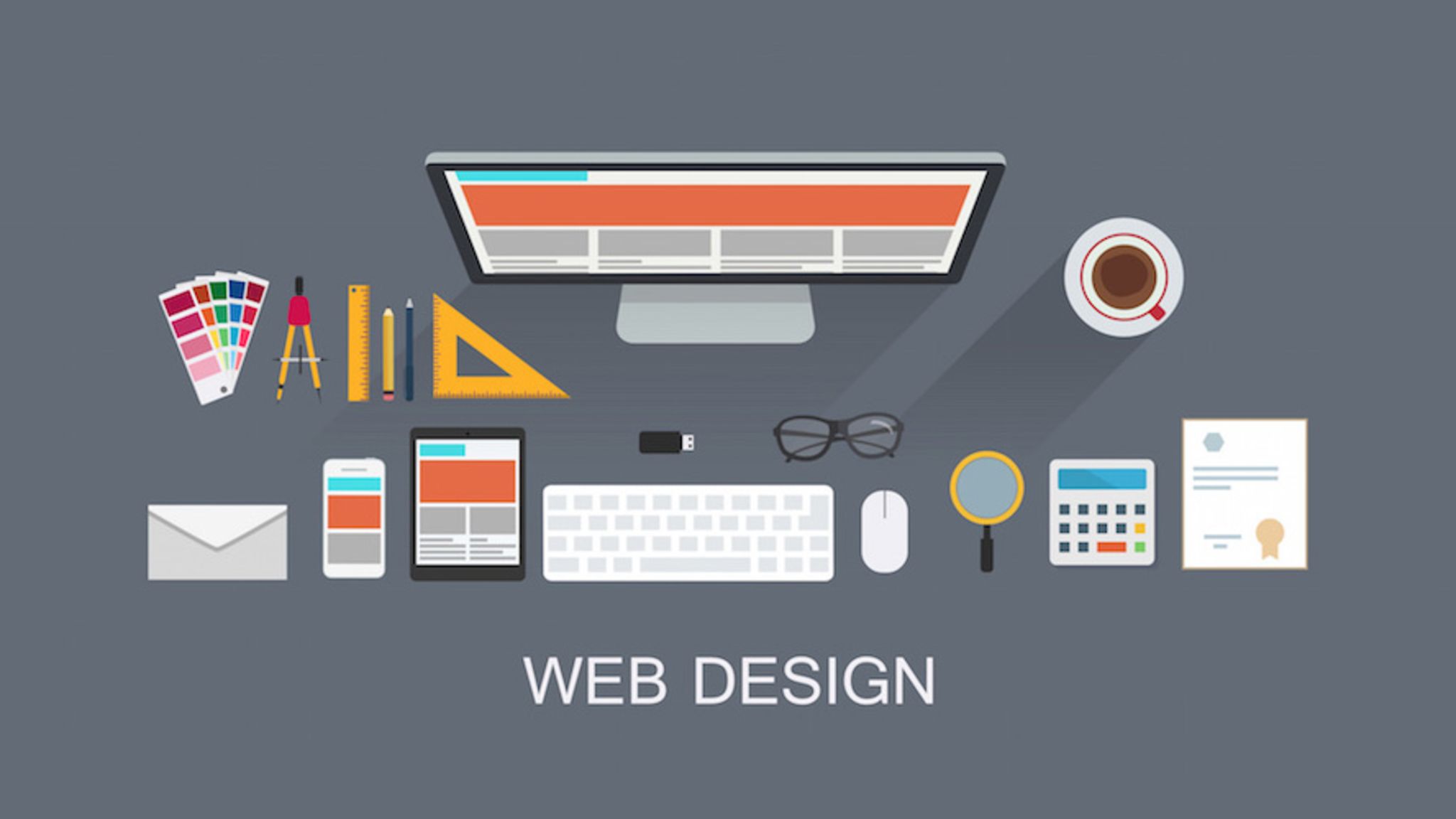
Website Design & Development
The development of single-page websites has delivered a breath of new air to an industry where consumer attention spans are limited, and the demand for simple interfaces is strong. The one-page website emphasises simplicity and consolidates all content onto a single, tastefully scrolling canvas, departing from the conventional multi-page style where information is dispersed over interconnected pages. Due to its innate user-friendliness, chic appearance, and applicability for particular projects, this minimalist technique has caught the attention of both website owners and designers. This article investigates the conditions that need a one-page design and the essential guidelines for developing an engaging and efficient single-page website.
Mega Web Design is recognised as the best and most successful India web design company, offering impressive services worldwide. They have made a name for themselves as a quickly expanding provider of web design services, and their remarkable professionalism and knowledge cut beyond regional boundaries. Because of this, their prestigious clientele base is global, further solidifying their place as the most outstanding web development and professional web design company India.
One-page website layouts excel at presenting succinct ideas or single themes and allow for easy section navigation without requiring visitors to switch between pages. They work exceptionally well for urgent campaigns, events promotions, or product debuts since they allow for the cohesion and presentation of all pertinent details on a single page, encouraging engagement and immediate response. One-page websites are also an excellent option for various devices since they provide a mobile-friendly experience and easily adjust to different screen sizes.
The idea of minimalism & focus is at the core of the attractiveness of one-page websites. This design strategy condenses complex ideas and extensive content into a seamless display. The one-page layout preserves a clean interface that leads users through a convincing story or goal by compressing information into pieces that flow naturally. Due to its simplicity, users may interact with the content without navigating through several pages, reducing cognitive strain. The one-page design directs the user’s attention towards a primary subject, whether a brief product demonstration, an event preview, or an enthralling brand story. It is an appealing option for projects requiring clarity and undivided concentration.
Also Read:- WEB DESIGN TRENDS 2023 THAT YOU CAN’T MISS OUT
The condensed form of a one-page layout reveals its value in situations where timing is essential and quickly grabbing attention is vital. On a single scrolling canvas, these websites work as virtual launchpads, enabling event planners or marketers to convey all the essential information, including event dates, important attractions, registration forms, ticket details, or product highlights. This simplified method reduces user effort and fosters urgency and attention by removing the need to move between pages, encouraging customers to engage and act immediately. The one-page design transforms into a powerful tool for generating buzz, increasing enrollments, & driving conversion thanks to the content flowing smoothly, together with compelling imagery and thoughtfully positioned calls to action.
One-page websites stand out for its intrinsic ability to provide a smooth and mobile-friendly experience. The significance of responsive design must be emphasised as the digital environment continues to use mobile devices as a significant method of internet access. One-page designs shine in this area because they do away with the requirement for users to scroll through many pages and provide a vertically scrolling structure that easily adjusts to different screen sizes. Visitors may easily explore content by scrolling down without the inconvenience of continual clicking or zooming, providing consistent aesthetic attractiveness and increasing user engagement. One-page websites, which embrace a mobile-friendly approach, adapt to the needs of today’s mobile consumers, delivering a simple and pleasurable experience across various devices and resolutions.
These digital canvases provide a unique platform for creating storylines that hold viewers’ attention and keep them scrolling. Users are taken on an immersive trip through the information, each component serving as an episode in the narrative. The one-page format enables designers to lead visitors through a carefully planned narrative arc, revealing knowledge and experiences in a regulated, systematic manner for everything from individual presentations to brand tales. An essential website is transformed into an interactive narrative that develops with each scroll by harmonising visual components, animations, and thoughtfully written content.
Several standard practices for one-page website design guarantee an excellent user experience. By these best practices, you can create an engaging single-page experience that puts the user first, effectively conveys your message, and accomplishes the objectives of your website.
One-page websites’ attraction comes from their capacity to condense complicated concepts into a clear, sophisticated layout. Events, promotions, and projects with a strong story are exceptionally well suited for them. Remember to prioritise easy navigation when creating a one-page website, establish visual hierarchy, use compelling imagery, and optimise for both speed of loading & screen size.
Also Read:-HOW CAN WEB DESIGN IMPROVE SALES?
To ensure that the aesthetic and functionality of a one-page web design are correctly correlated with the consumer’s experiences and functionality, Mega Web Design’s professional web design company India pays excellent attention. Their web design services may provide visitors with the best user experience possible by utilising years of industry knowledge to create responsive and user-centric websites. If you want a new, unique web design or a responsive web design that is performance-optimised, speak with them. Call them now for service from a reputable and reliable Indian website design company.